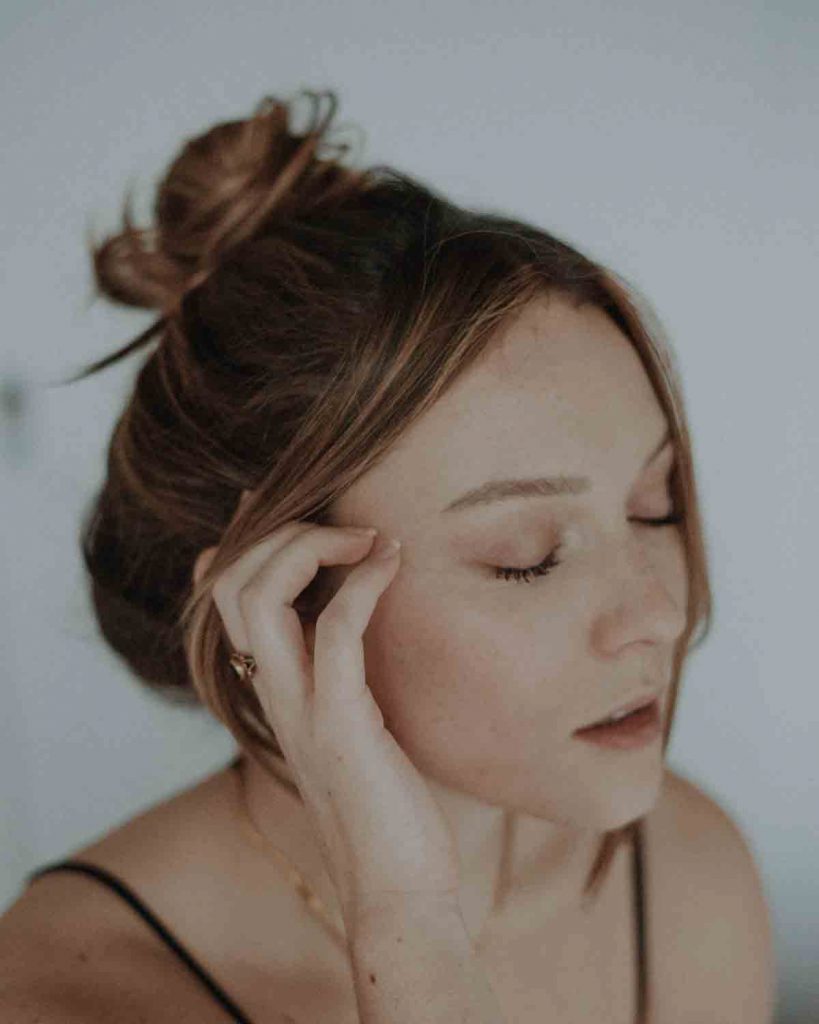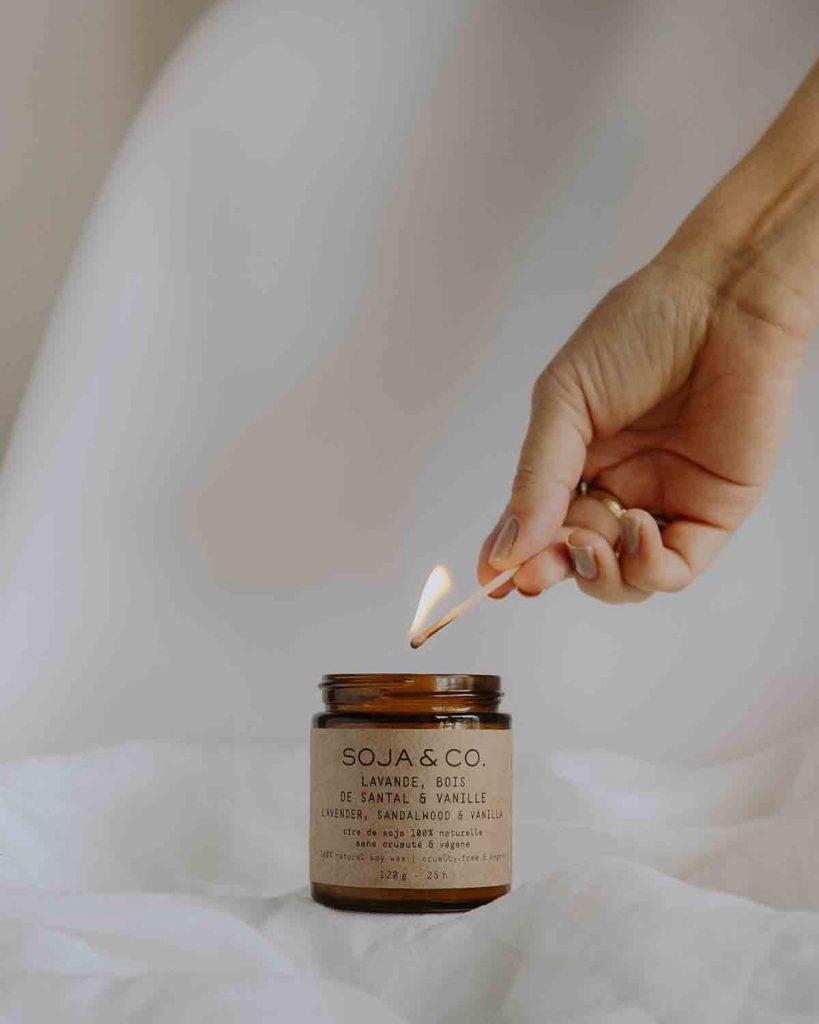If having to quarantine and spend lots of time at home over the past year has revealed anything, it’s that being home should feel good. If it doesn’t, what better time than now to fix it by creating a healing yoga retreat? Pandemic or not, if you’ve decided to make a space for your yoga practice, a personal yoga retreat has the upside of being completely controlled by you. Keeping the following suggestions in mind will help you to design a space that meets your own unique needs.
DIY Healing Yoga Retreat
1. Find Your Studio. You may not have an area that can be permanently designated as a yoga space, but that’s okay. Start by choosing any space that you can move around in freely; make sure you can reach your arms to the side and overhead, from the top and bottom of your yoga mat. Yoga mats fold up easily, so if you need to have a space that can be set up and broken down quickly, keep your mat area clear of any furniture. You won’t be as inclined to roll the mat out, if you need to move around awkward or heavy furniture first.

2. To play or not to play music? With teachers having to switch to virtual platforms and teach their classes online, students at home had trouble hearing their verbal cues. Instructors opted to turn the music off, and many students discovered that their practice was more rewarding without the music. For an independent yoga practice, you can decide whether or not to play music, depending on your mood and preference. If you know you’ll want to play music during your practice, I’d recommend getting a portable Bluetooth speaker and playing music through your phone. But if it’s raining outside, try listening to only that; the sound of water can be very peaceful.
3. Choose Visuals Thoughtfully: Consider the time of day you’ll be practicing. If you’ll practice in the morning, take lighting into account. Will the sun be too bright? If you practice at night, consider using string lights, which can be arranged easily on the floor at the front of your mat and look magical. Morning or night, try facing a window. The sight of nature has calming effects on the mind, and it doesn’t take much, so if you are unable to face a window, try facing an indoor plant or even a bouquet. Then find a few visuals to focus on, such as artwork or mementos, that evoke positive emotions.

4. Create a Sensory Experience. If you’re familiar with essential oils, use a diffuser close to your mat. Lavender is calming, while Peppermint or Lemongrass would be more energizing. Candles can be very therapeutic, but be sure to choose one that is made from conscientious waxes and fragrances that are safe to breathe. You may also place a drop of oil (that is safe for topical use) into a small amount of coconut oil and rub the mixture on your wrists or temples so that you smell the oil of your choice as you move through your flow. Choose the method that will add to your meditative process most.
5. Storage: Keep the area free of clutter. Whether your space needs to be broken down or not, choose a basket or storage bin that’s more than large enough to hold your mat and all of your yoga accessories. Your accessories will be everything that you would want to have for your practice, such as blocks or bands if you use props, a portable speaker, or cleaning wipes for your mat.
Don’t overthink the space you are designating as your yoga retreat. The thing about yoga is that it can be done anywhere, such as at the beach, where you don’t even need a mat. Yoga is not meant to be something overly complicated. Embrace making changes in your home here and there that better serve you and your practice. Since, mats roll up easily, I’d personally recommend having multiple spaces in your home where you can roll that mat out whenever it strikes you. Enjoying a solitary, completely uninterrupted, yoga practice will allow you to have a more inward meditative workout, and that can be an empowering experience.
Photography by Mathilde Langevin




